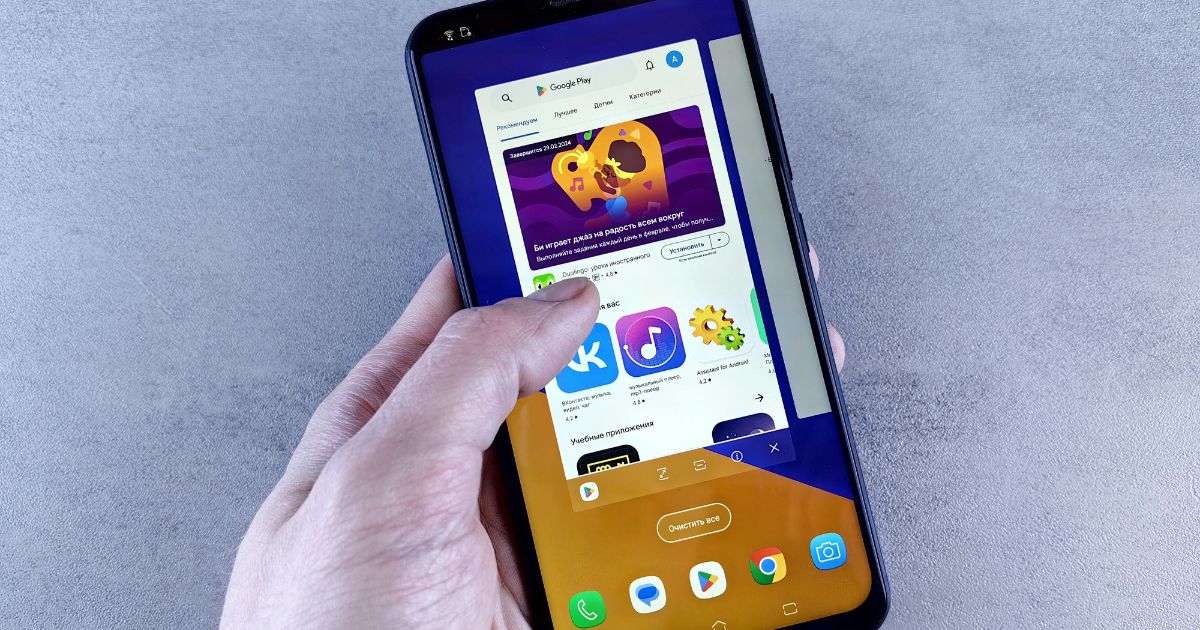If you’ve ever gone through the app development process, you know: it’s a long way from your CEO saying “we need an app” to opening that app on your iPhone the day of its launch. It’s not as simple as typing in a couple of lines of code – although that would undoubtedly make our lives easier! In addition to the complex development and testing concept, you must be aware of current technology and industry trends to ensure that your app will not be outdated when it hits the market.
And that’s where we want to help. So here are five current trends in Apple app development, being aware of which will go a long way toward making sure that once it’s finished, your app will help your company stand out for years to come.
1. Increased Emphasis on App Security
2014 saw unprecedented high-profile hacks, with victims ranging from Sony Pictures to Jennifer Lawrence and Target shoppers. That brought with it a public awareness of digital security, and many of your potential users won’t even open your app if they believe their data may be compromised in the future.
At the same time, no less than 75 percent of all apps fail basic security tests, exposing their users to potentially significant data leaks. To succeed in 2015 and beyond, companies must convince their users that their personal information is stored securely. That’s especially true if you engage in e-commerce through your app but applies even if you only keep your users’ contact information.
2. App Analytics
That same data we mentioned above, though, can be invaluable in determining your users’ behavior when using your app and adjusting your marketing strategy and message accordingly. Thanks to the rise of big data, apps are beginning to open up analytics possibilities that were unthinkable just a couple of years ago.
Of course, your app will have to be built in an accommodating fashion to take advantage of these analytics. So when you begin your Apple app development process, be sure to work with a developer who can help you build tracking and reporting features to better understand your audience.
3. The Apple Watch
If you turned on the TV sometime in the first half of this year, you undoubtedly came across it: Apple’s foray into the wearables market, the Apple Watch. Released on April 24, the Apple Watch has since outsold its competitors with an incredible 88 percent market share among smartwatches, a significant number for a device that experts predicted to fail miserably before its release.
If you think these numbers don’t matter to you because your app will focus on iPhones and iPads, you may want to think again. The wearables market is multiplying, entering a rapid growth phase that will see its revenue almost quadruple within the next ten years. Designing an iOS app exclusively for “larger” smartphones or tablets may make sense in 2015 but look foolish just a year later. Rather than adjusting your entire strategy at that point, why not get on board early and benefit from a young platform with relatively low competition?
4. The Internet of Things
Similar to the Apple Watch, another platform is just beginning to enter the picture that will see its influence rise exponentially soon. Or should we say an infinite number of platforms? We’re talking, of course, about the Internet of Things, that buzzword from a few years ago that’s beginning to become a reality.
Suppose you work in a company even remotely connected with technology. In that case, you will have heard of this concept. Still, if you haven’t, here’s a quick explanation: the “Internet of Things” is an umbrella term for the seemingly endless number of traditional devices that are now connected to the internet. We’ve seen it happen with smart TVs, and everyday household items like refrigerators and ovens are beginning to follow the same trend.
In reality, the Internet of Things goes far beyond these singular items, as Gartner predicts 26 million devices to be connected to the web by 2020. For your app, that means a similar consideration to the Apple Watch, but on a much broader scale: would you want to design an app that might become outdated within a year or begin with a larger-scale concept that may not reach its full potential immediately? The question is worth asking.
5. Apple’s iBeacon and Location-Based Functionality
Maybe, the experts who predicted the Apple Watch to fail should have paid closer attention to the company’s most recent success story: the iBeacon. Long regarded as a luxury feature, its use is beginning to grow among businesses who want to reach their customers depending on their specific location.
The concept is simple: when customers walk past your storefront, they will get a message through a BLE (Bluetooth low energy) signal that can tell them about your current offers, sales, and coupons. It’s more targeted than any previous marketing strategies, particularly for companies with a physical, walk-in location. But its use can even enhance other advertisements, such as playing a video to customers within a certain distance of your billboard.
Perhaps the most critical part of developing an app is picking the right app developer who can assist you throughout the process and stay up to date with current industry trends. If you need a developer who can do just that, contact us. We’re as passionate about technology trends as we are about developing apps and would love to help you create an app that will be up-to-date and ready to go for the foreseeable future.








